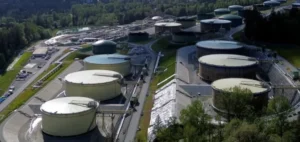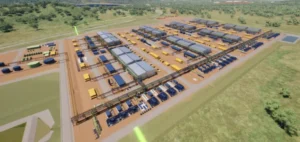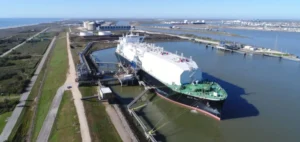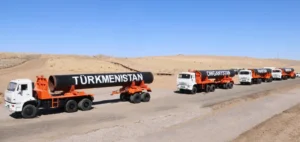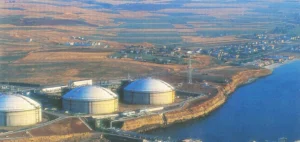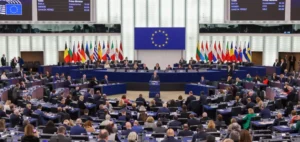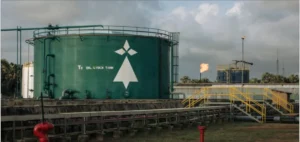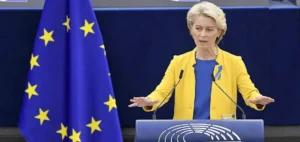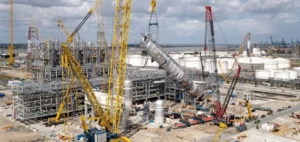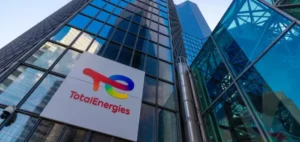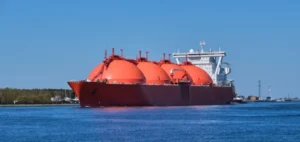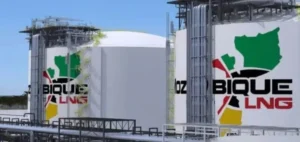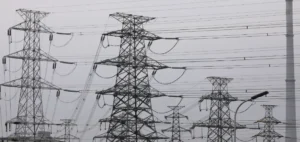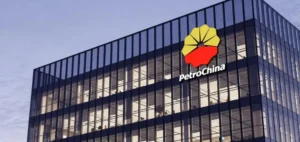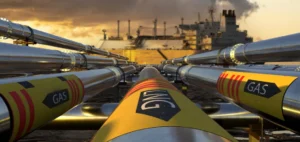Shell Eastern Trading Pte. Ltd., a subsidiary of Shell plc, has completed the acquisition of all shares in Pavilion Energy Pte. Ltd., a company headquartered in Singapore. Initially announced in June 2024, the deal allows Shell to immediately integrate Pavilion Energy’s global commercial assets into its liquefied natural gas (LNG) portfolio. The acquisition aligns with Shell’s strategy to grow LNG sales by 4 to 5% annually through to 2030.
A strategic portfolio integrated at the heart of the Asian market
The acquisition includes approximately 6.5 million tonnes per annum (mtpa) of long-term LNG sales and supply contracts. Shell also gains regasification capacity of around 2 mtpa at the Isle of Grain terminal in the United Kingdom, alongside access to regasification infrastructure in Singapore and Spain. Pavilion Energy’s fleet—comprising three M-type, Electronically Controlled Gas Injection (MEGI) vessels and two Tri-Fuel Diesel Electric (TFDE) vessels—will also join Shell’s operational assets.
LNG bunkering expansion and notable transaction exclusions
The portfolio also includes LNG bunkering operations, with the first vessel entering service in early 2024. This segment strengthens Shell’s position in developing LNG as a marine fuel, particularly within the strategic hub of Singapore. However, certain activities were excluded from the transaction. Pavilion Energy’s pipeline gas business in Singapore was transferred to Gas Supply Pte Ltd, a wholly-owned subsidiary of Temasek. Additionally, the 20% interest in Blocks 1 and 4 in Tanzania remains outside the scope of the deal.
Regional consolidation and long-term ambitions
With this acquisition, Shell reinforces its position as a leading LNG supplier in Singapore, a market it has served for over a decade, currently covering nearly a quarter of the country’s gas needs. Through the integration of Pavilion Energy’s assets, Shell continues to expand its commercial presence across the Asian market while cementing its role in regional energy security. The transaction will be absorbed within Shell’s capital expenditure guidance, with no adjustment announced to its investment envelope.



